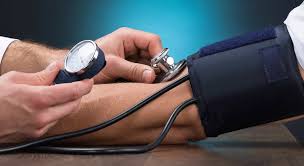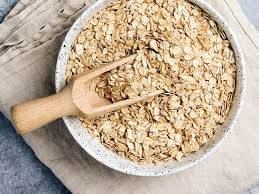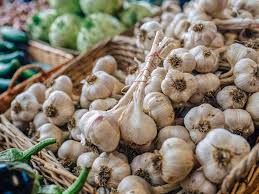Physical Address
304 North Cardinal St.
Dorchester Center, MA 02124
Physical Address
304 North Cardinal St.
Dorchester Center, MA 02124

High blood pressure affects approximately 14.4 million people in the UK—over a quarter of the adult population—according to British Heart Foundation statistics. However, only about nine million have received an official diagnosis. The NHS attributes this diagnostic gap primarily to hypertension’s typically symptomless nature, making it difficult for individuals to recognize they have the condition.
Despite these challenges, there are practical ways to prevent blood pressure elevation at home. One of the most straightforward approaches is being mindful about your dietary choices. What you eat plays a significant role in blood pressure management, making diet modification one of the most accessible interventions for preventing hypertension spikes.
“The right dietary choices can significantly impact blood pressure levels,” explains Dr. Hana Patel, GP at Superdrug Online Doctor. “Specific foods offer natural blood pressure-lowering benefits due to their nutrient profiles—particularly those rich in potassium, magnesium, and antioxidants—which help optimize blood vessel function and reduce cardiac strain.”
Wondering which foods provide the greatest benefits for blood pressure control? Below are Dr. Patel’s six top food recommendations for maintaining healthy blood pressure levels…

“Berries—especially blueberries and strawberries—contain beneficial compounds called flavonoids that improve blood vessel function and lower blood pressure by reducing inflammation and enhancing insulin sensitivity,” notes Dr. Patel.
These fruits are also rich in antioxidants, which help fight inflammation—a critical factor in maintaining heart health. “Incorporating just a handful of berries into your daily diet provides both delicious flavor and effective blood pressure reduction,” she advises.

Beetroot ranks high on Dr. Patel’s list of blood pressure-friendly foods due to its naturally high nitrate content. As she explains, your body converts these nitrates into nitric oxide—a compound that relaxes blood vessels and enhances blood flow, resulting in lower blood pressure readings.
Multiple research studies support this effect, demonstrating that consuming beetroot juice or cooked beets can produce significant blood pressure reductions within hours of consumption. “Try incorporating them into salads, juices, or as a side dish,” Dr. Patel suggests as practical ways to add this beneficial vegetable to your diet.

“Oats provide an excellent source of fiber and have demonstrated ability to reduce both systolic and diastolic blood pressure readings,” explains Dr. Patel. She notes that fiber-rich foods like oats help lower LDL (“bad”) cholesterol levels, contributing to overall heart health. “Beginning your day with a bowl of oatmeal or including oats in various recipes helps maintain stable blood pressure while also promoting feelings of fullness and satisfaction.”
There’s something undeniably comforting and nourishing about enjoying a warm bowl of porridge topped with fresh fruit on a chilly winter morning—a simple pleasure that also supports cardiovascular health.

“Garlic contains a compound called allicin that has demonstrated blood pressure-lowering properties,” Dr. Patel explains. This natural compound works by promoting blood vessel relaxation and enhancing circulation, which together can significantly impact blood pressure readings. According to Dr. Patel, consistent garlic consumption—whether fresh, incorporated into cooking, or taken as a supplement—provides “long-term cardiovascular benefits.” Perhaps there’s more to that delicious fresh garlic bread than just its irresistible flavor!